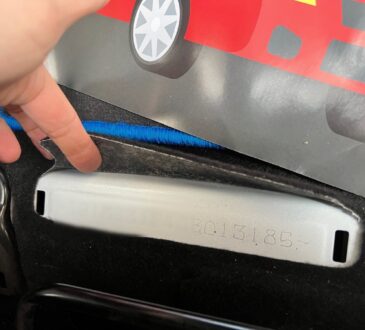
When starting an eviction process, most landlords send the tenant any of the following types of notices by using the summary eviction process:
Pay Rent or Quit: Tenants who pay by the week, the landlord could serve a 4-day notice. But if they do not, then the landlord will serve a 5-day notice to pay rent or quit.
Lease Violation: The landlord may serve a 5-day unlawful detainer notice if the tenant does not move or remedy the lease violation. If a tenant violates the terms of the landlord-tenant agreement, then the lease is in breach.
No Cause Notice: If the tenant does not pay rent by the month, then in California the landlord will serve a 90 Day Notice for Section 8 to the tenant. Moreover, if the tenant does not pay rent by the week, then the landlord will 7-day “No Cause” notice. The landlord may serve a 5-day unlawful detainer notice if the tenant does not move within the time provided in the first notice. When lease agreement expires, or there is no lease agreement, then a landlord uses a “no cause” eviction notice against the tenant.
Tenancy-at-Will: When a person comes into the property with the owner’s permission, then a tenancy-at-will occurs. There may be no rent, or another consideration is paid, and there is no lease agreement. For example, the guests of tenants remain in the property at the will of the lawful occupant when a tenant or homeowner of a property allows a guest to stay with them without paying rent. If the tenant does not move within the time provided in the first notice, the landlord will serve a 5-day unlawful detainer notice and a 5-day tenancy-at-will notice.
- Method of Delivery
Hand-deliver the notice and post it on the inside of the door, unless access is not available. When posting on the door, use painter’s tape and take a photo. If it is outside and it looks like rain, use a clear plastic storage bag. There are other methods of delivery:
- Certified mail
- Certified mail with return receipt
- Registered mail
Note: If you mail the notice, you must also post it in a place where the tenant will likely see it.
- Filing the Suit
For a forcible entry and detainer lawsuit, pay the court fees, and then there is a fee for the first tenant. Then for each additional person who signed the lease, there is another fee. Some courts require you sue everyone who signed the lease or rental contract. Other courts allow you to use one lessee.
- Information Needed to File
Information needed to fill out the forcible entry and detainer lawsuit includes:
- Partial list of occupants
- Each precinct has its specific forms
- The plaintiff’s name
- The defendant’s names (each adult tenant, not all occupants)
- The property address in question
The following information needed to fill out the forms is 1) Do you seek a judgment? 2) Rent due date 3) Monthly rental amount.
The following information needs to be filled out if the government is in participation: 1) Is the rental unit subsidized by the government? 2) If it is subsidized, then how much does the government pay and how much does the tenant pay?
More information needed 1) Grounds for eviction: When was the first date of non-payment of rent? 2) The amount of the judgment you are asking for (you cannot include late fees) 3) All your contact information.
- Items Needed to File the Eviction
- A copy of the three-day notice
- The petition for eviction for non-payment of rent; this is also good for lease violations
- A military status affidavit
Some courts will assign you a court date, others will call with an appointment.
- Constable’s Delivery of the Citation
The constable has to deliver the notice to the tenant in person. He will make three attempts to do this. If he fails after three attempts, he goes back to the judge and gets the judge to sign the petition, which allows him to post it on the door.
- Your Day in Court, What to Bring
- A copy of the lease or proof of ownership of the property
- A copy of the notice to vacate (if disputed)
- A copy of the ledger for proof of non-payment (if there is a lengthy complicated payment history make sure you have a summary too).
- Be prepared to present your argument to the judge orally.





